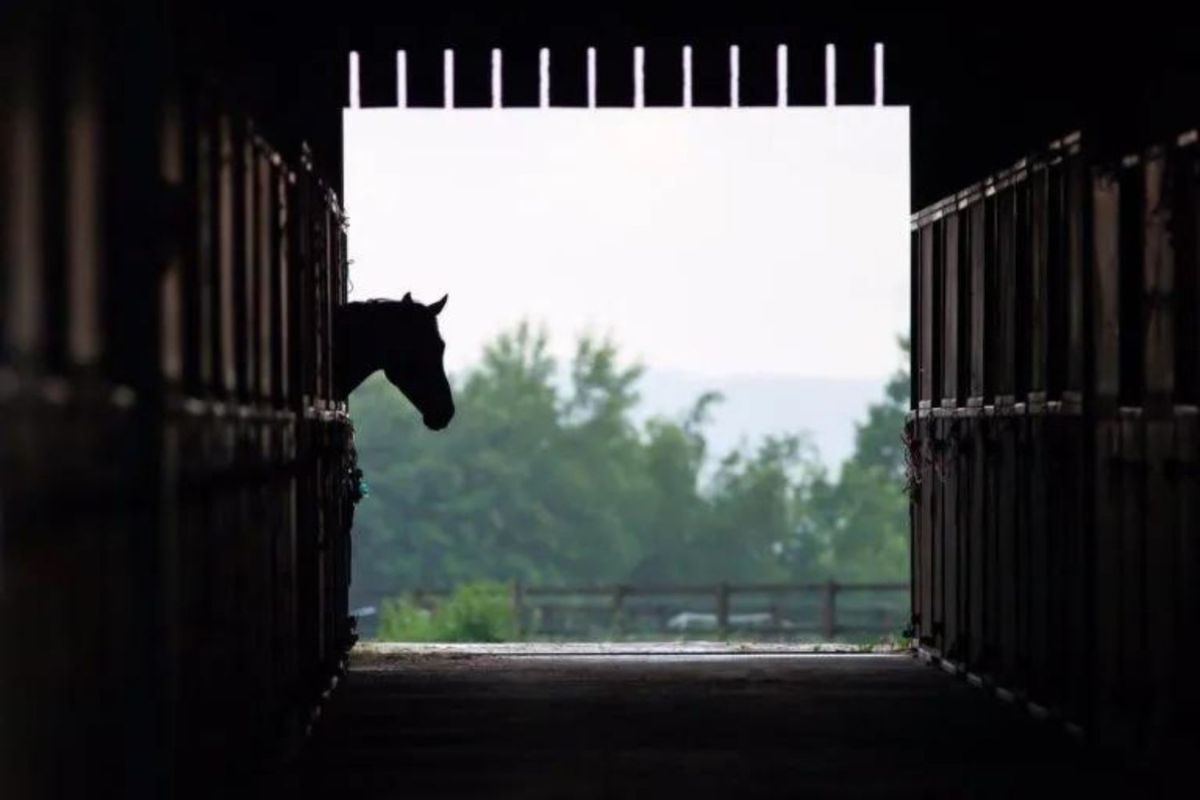Menu

Moving your horse to a new stable is not only energy-consuming for the owner but can also be a stressful experience for a creature of habit like a horse. The smells, bacteria, surroundings, and especially the new herd can be a significant adjustment. So, remember your horse when you decide to move it. How do you do that? Here are five good tips that can help your four-legged friend adjust well to its new environment, both physically and mentally.
When the horse is getting a new home, it affects both its body and mind. We will discuss how to alleviate the physical impacts in the sections below. First, we want to emphasize how important it is to be there for your horse mentally. If you've had the horse for a long time, you're likely the only familiar face it will encounter in the new place. Therefore, we recommend visiting your horse every day for the first few weeks; pat it, cuddle it, and groom it. You don't necessarily have to ride. Just spending some "quality time" with something familiar from its old home can make it feel more comfortable and calm in the new surroundings.
When a horse suddenly changes its environment, its immune system can take a hit. It's not uncommon to see horses catch a cold or get a fever after they've been moved—simply because their bodies are not used to fighting off new bacteria. In such cases, it might be a good idea to give your horse a supplement designed to strengthen immune cells. For example, Hippomun from St. Hippolyt is especially suitable for horses that change environments or frequently move around—like competition horses. It's also good for maintaining a stable immune system in stressful situations, like moving, and during coat changes.
A change in stables often also means a change in feed. Maybe the horse has to get used to eating wrap instead of hay, or perhaps it needs a different complete feed. Most horse owners are well aware that you should proceed cautiously when a horse's stomach needs to adjust to a new type of feed. However, proceeding slowly is no guarantee for successful acclimation. Despite a long acclimation period, the horse may end up with diarrhea, weight loss, or, in the worst case, colic, because stress and unfamiliar bacteria also affect its gastrointestinal system. Therefore, a supplement with yeast cells is a sensible step for the first few weeks or months after the move. Yeast cells promote the horse's digestion and make it easier for it to absorb nutrients in the feed. An example of such a supplement could be Equsanas Yea-Sacc, which contains gentle beer yeast cells.
The nightmare scenario for a horse owner who has just moved their most treasured possession is for it to be overwhelmed by the other horses in the new herd. Some owners simply take the risk and release their horse into the new group with fingers crossed. Others go the opposite way and dare not do anything other than keep the horse in a single paddock for the first while. Here, one must remember how important socialization is for making the new horse feel comfortable. It needs to get to know the other horses—or at least some of them. The better the horses in the stable know each other, the more peace there will generally be on the property.
The best thing you can do is to let your horse mingle with just one of the other horses. Once they have found peace, you can introduce another horse, and when the three have become good friends, you can let them join the rest of the herd. This way, you avoid overwhelming your horse, as it now has some friends to "hide" with.
Horses are creatures of habit, and it takes at least a week for a horse to get used to new surroundings and routines. Even though it may seem like an impossible task to get the horse used to standing alone in the new stable aisle, it will happen. It just requires patience. The first few days can be heartbreaking, seeing your horse out of sorts, but rest assured, it will settle in as long as you remember to be there for it.